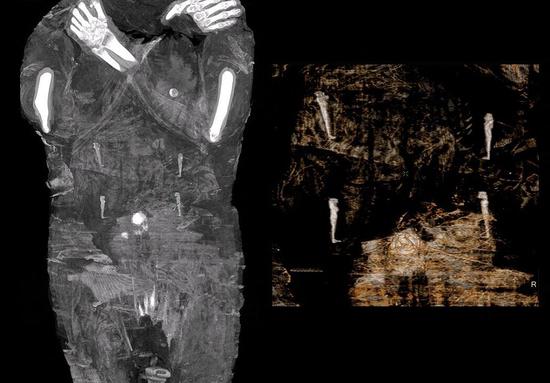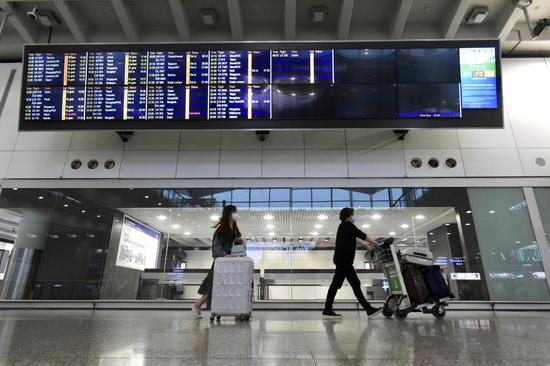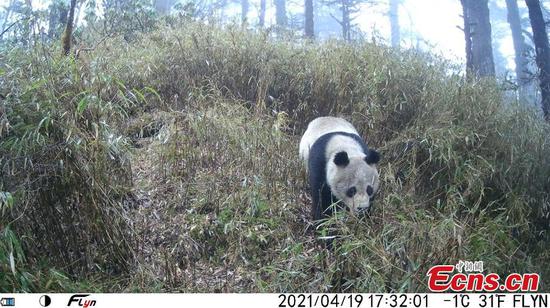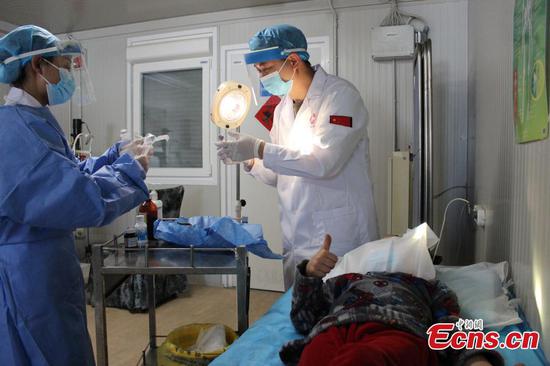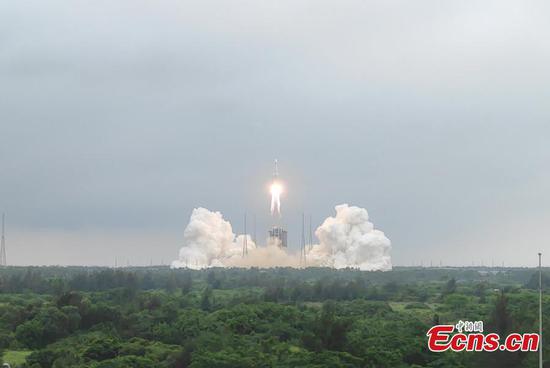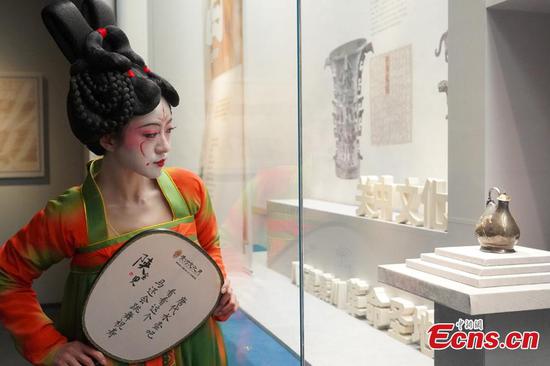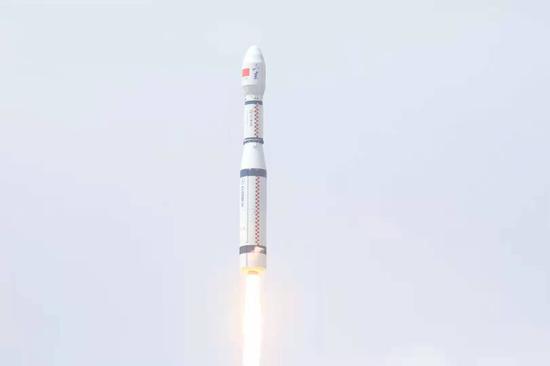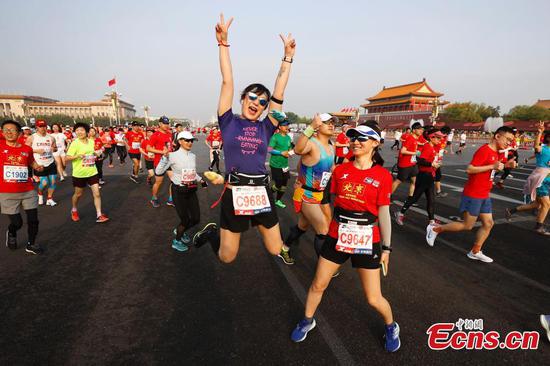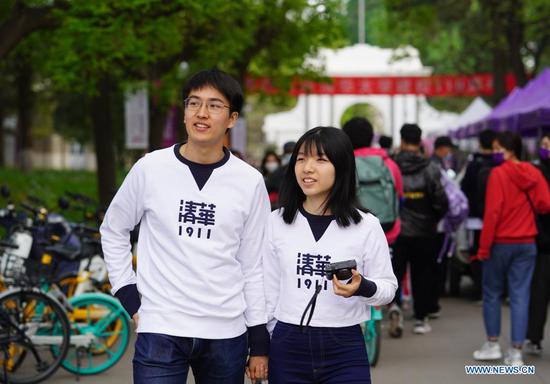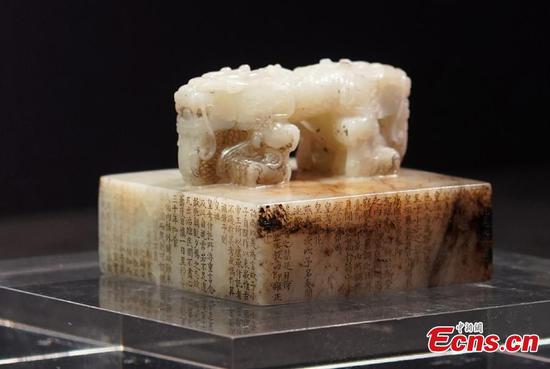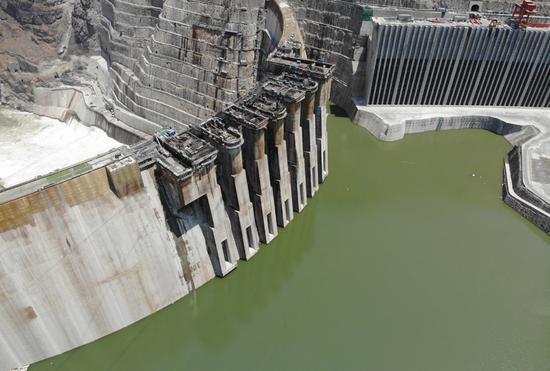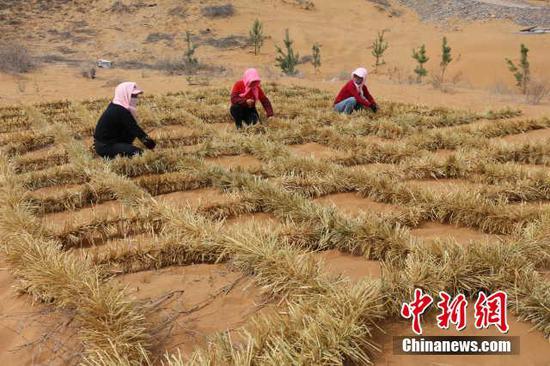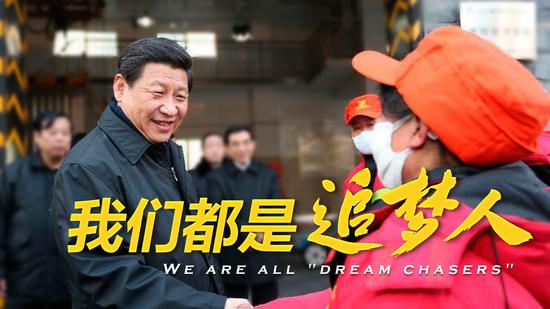China's central bank is devising structural monetary policy tools that can provide direct support to the real economy in the pursuit of cutting carbon emissions.
The policy tools will provide eligible financial institutions with low-cost funds and encourage them to offer financing at preferential interest rates for key projects with significant effects in carbon emission reduction, said Sun Guofeng, head of the monetary policy department at the People's Bank of China.
The tools are being devised under the principles of market-oriented, transparency and international alignment, he added.
The market-oriented principle refers to establishing an incentive-compatible mechanism in line with the market-based principle, so as to encourage financial institutions to proactively allocate more resources for carbon emission reduction, Sun noted.
The principle of transparency means the mechanism and application rules of the policy tools are specific, feasible, computable and verifiable, and that policies provide targeted and direct support, he said.
According to Sun, the principle of international alignment means the fields of carbon emissions reduction supported by the policy tools is in line with international standards.
The country's outstanding amount of green loans came in at 11.95 trillion yuan ($1.85 trillion) by the end of 2020, of which 8.08 trillion yuan was invested either directly or indirectly into projects for reducing carbon emissions. This represents 67.6 percent of the total outstanding amount, according to the central bank.










